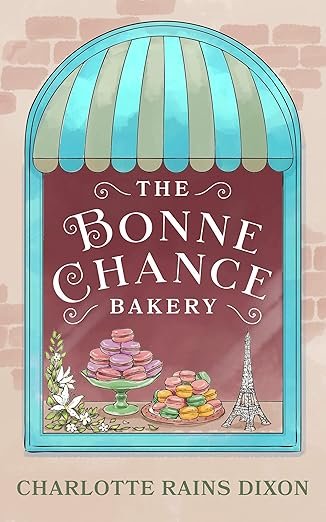How Far Away Are You?
I refer to the issue of distance in viewpoint.
Yawn. Way to make a post fascinating, right? Excuse you while you lean your head back in your chair and take a wee nap. Once you've dozed for a minute, you might want to rouse yourself for this one, because it can make the difference between an engaging novel and one that skims along the surface. Between a book that sells and one that doesn't. Between a book that hits the best-seller list and one that languishes.
Perhaps you are now wide awake and paying attention.
Explaining viewpoint can be thorny. Oh who am I kidding, even people who've been writing and teaching writing for years don't grasp every aspect of viewpoint. So attempting to explain one aspect of viewpoint–distance–is tricky.
But I shall persevere in my effort, because, after all, you want to sell that novel, don't you?
So let's begin with a quote from Janet Burroway, the godmother of all creative writing instruction (if you don't have her book, Writing Fiction: A Guide to Narrative Craft, stop what you are doing right now and go buy it. There are seven editions, and the most current one is dreadfully expensive, but you can buy one of the older editions in a cheaper used version.) Here's the quote (its from one of the earlier editions, like the second or third, so don't go looking for it if you a later book):
"As with the chemist at her microscope and the lookout in his tower, fictional point of view always involves the distance, close or far, of the perceiver from the thing perceived. Point of view in fiction, however, is immensely complicated by the fact that distance is not only, though it may be partly, spatial. It may also be temporal. Or the distance may be intangible and involve a judgment moral, intellectual, and/or emotional."
The kind of distance in viewpoint that I'm talking about here falls into the first category that Burroway mentions. For instance, yesterday I was at a networking meeting here in LA,and a woman asked me to take a photo of her with my friend Suzanne. I'm a terrible photographer and so I did what I always do–aim and shoot. The resulting photo was of the two of them from the waist up. The woman asked me to take a closer shot and she jiggled some button on the camera and in the lens zoomed and the two faces of the women were now framed in the viewfinder. Et voila, a much better, more interesting photo.
Why was it more interesting? Because the photo got in close enough to capture the essence of the two women. You could see their expressions, the way each of them smiled, the twinkle and joy in their eyes. None of that was visible in the waist-up shot. If you've ever taken photography classes, you've probably been admonished to get in close to get the good shot.
So, too, in writing. A favorite admonition is to "go deeper." Often what this means is to go farther into the head of the viewpoint character. Think about the last piece of deeply involving fiction that you read, or the most recent discussion you had in your book club. Odds are good that you talked about how alive the character felt to you, how you wanted to know what happened to them after the book ended. How you thought about them after you finished the book and wondered what they were doing now–just like a real person.
This kind of character identification–when we are so deeply bonded with a character we forget she is not real–does not come from a distant viewpoint. A distant viewpoint is me taking the photo of the two women from the waist up, so you can't really see any of the details. Close-in is that photo I took when their faces filled the entire frame. Distant skims the surface, like God looking down on the world he created and watching all the little people do their thing. Close-in is God being inside the heads of those characters.
To put it (broadly) another way–distant tells, close-in shows. Distant explains, close-in feels.
Alright, enough already, how is one supposed to accomplish such a feat?
As with all fiction, that feat is easier said than done. Easier explained than accomplished. However, I shall rise to the occasion and do my best to give you some how-tos tomorrow.

How Far Away Are You? Part Two | Charlotte Rains Dixon
[…] days ago, I wrote Part One of this post on distance in viewpoint. Rashly, at that moment, I promised a Part Two, […]